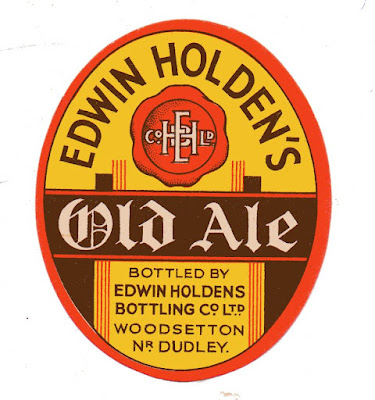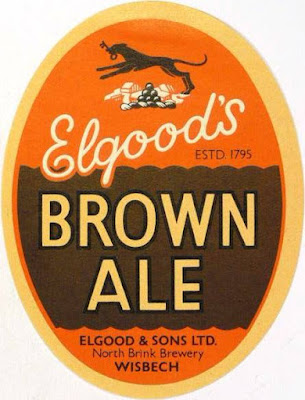Sometimes, served from a pin on the bar. And often limited to halves because of the extreme strength (for the day). Marstons Owd Roger, is a good example. I remember Mogg drinking four pints of it in the Old Kings Arms and having problems with his legs when he tried to stand up. How we laughed.
I’ve used a cutoff point of 1060º for one simple reason: to make sure Old Peculier ends up in the right table.
I can’t really call it the Northern type, as Morrell was in the South and Marston in the Midlands. This stronger type was also available in bottled form
While in the South, a much weaker beer, basically like a pre-WW II Best Mild with an OG of around 1045º, was available on draught in the colder parts of the year.
You can see a few examples below. Most, but not all, are from the South. With a couple, Simpkiss and Hoskins from the Midlands. The big outlier is Timothy Taylor Ram Tam, coming from the North, but looking very much like a Southern example from the OG. Even though it was just Landlord with caramel added at racking time. It’s now called Landlord Dark.
Young’s Winter Warmer is in the London variation on the Old Ale theme, Burton Ale. By 1977, it was the last remaining example (as it remains) after Fullers replaced theirs with ESB in the early 1970s.
Being rather more modest in strength, these beers were usually dispensed by handpump and served in pints as well as halves.
| Stronger style of draught Old Ale | |||
| Year | Brewer | Beer | OG |
| 1977 | Usher | Thomas Usher 1060 | 1060 |
| 1977 | Theakston | Old Peculier | 1060.3 |
| 1977 | Morrell | College Ale | 1073 |
| 1977 | Holden | Old Ale | 1075 |
| 1977 | Marston | Owd Roger | 1080 |
| Average | 1069.7 | ||
| Source: | |||
| 1978 Good Beer Guide. | |||
| Weaker style of draught Old Ale | |||
| Year | Brewer | Beer | OG |
| 1977 | Hoskins | Old | 1039 |
| 1977 | Harvey | XXXX | 1041 |
| 1977 | Adnams | Olde | 1042 |
| 1977 | Brakspear | XXXX (or Old) | 1043 |
| 1977 | Taylor | Ram Tam | 1043 |
| 1977 | Gale | XXXXX (Winter Brew) | 1045 |
| 1977 | Tolly Cobbold | Old Strong | 1047 |
| 1977 | King & Barnes | XXXX | 1047.5 |
| 1977 | Hook Norton | Old Hookey | 1049 |
| 1977 | Simpkiss | Old | 1050 |
| 1977 | Young & Co | Winter Warmer | 1055 |
| Average | 1045.6 | ||
| Source: | |||
| 1978 Good Beer Guide. | |||

























































































